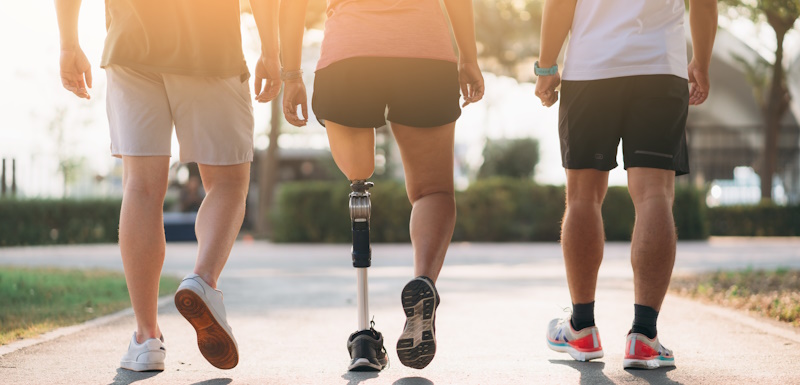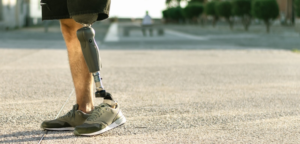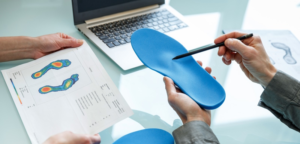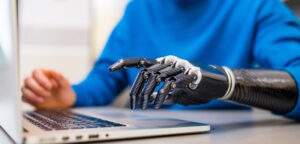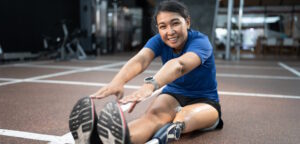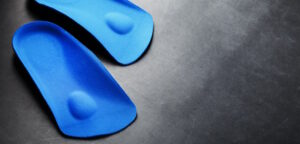What to Expect When Learning to Walk Again Using Custom Prosthetics
Learning to walk using a prosthetic leg is a courageous and transformative experience. It marks a profound chapter in one’s life, necessitating resilience, patience, and determination. The initial steps, both figuratively and literally, are often accompanied by a mix of emotions – uncertainty, vulnerability, hope, and determination.
The journey unfolds through a series of exercises that develop the essential physical competencies and pattern of walking, otherwise known as gait. When engaging in the tailored regimen of gait training using advanced prosthetics, individuals must be prepared for the unique challenges that lie ahead.
Most gait training sessions are an evolution, starting with cautious steps within the safety of parallel bars to navigating various terrain, overcoming obstacles, and conquering stairs. As muscle strength, balance, and confidence increase, a renewed sense of empowerment and freedom takes root.
The journey of learning to walk again with a prosthetic leg is a testament to the human spirit’s resilience and adaptability, marking not just physical milestones, but a profound triumph of the human will. Let’s explore the main physical competencies and exercises featured in gait training.
How Gait Training Exercises Help Wearers Acclimate to Custom Prosthetics
After a prosthetist fits the patient with a prosthetic leg, individuals can begin working with a licensed physical therapist on gait training. In most cases, the prosthetist will provide a referral to the therapist. Not all physical therapists possess the same skill set, so it’s ideal to find one who specializes in working with amputees on gait training.
Individuals should mentally prepare to engage in gait training for several months. There’s no set time frame; learning to walk again is a unique process that some pick up on faster than others.
When engaging in gait training sessions using a prosthetic leg, the physical therapist will focus on helping the amputee achieve:
- A symmetrical walking base.
- Equal weight transfers.
- Dynamic weight bearing over prosthetic toes.
- Transverse pelvic rotation.
- Prosthetic knee flexion.
- Natural arm swing.
Physical therapists customize gait training to suit the ability and aptitudes of the person they’re working with. Gait training is not a standardized process; however, amputees learning to use a custom prosthetic will engage in all or most of the following exercises:
Sidestepping
Sidestepping is a versatile exercise performed throughout gait training programs. It focuses on lateral weight shifting and strengthening the abductors. Initially performed with two-hand support within parallel bars, amputees will further challenge themselves by maneuvering around obstacles, mimicking real-life scenarios in their own environment.
Backward Walking
Backward walking is more challenging for those who use an above-knee prosthetic leg because it heavily relies on the knee joint. However, backward walking becomes achievable with patience, practice, and guidance from a physical therapist. Amputees will start using parallel bars and progress to walking without them.
Please note: For those with an above-the-knee amputation, patients should consult with their prosthetist prior to attempting backwards walking.
Multi-directional Changes
Incorporating multi-directional changes is essential to improve control and balance when using a prosthetic leg. Practicing changes in direction is beneficial for navigating challenging environments and enhancing mobility, particularly crowded areas with no clear route of travel.
Tandem Walking
Tandem walking enhances how a person using a prosthetic bears weight and makes them more conscious of foot placement. It’s also beneficial for improving coordination. Typically, physical therapists will use a line on the floor as a reference for where the amputee should place their feet.
Braiding
In the braiding exercise, the amputee stands using parallel bars as support. While bracing themselves, they swing one leg across the front and then behind the body. This is repeated using both the prosthetic leg and natural leg. As the amputee progresses, they will increase their speed, requiring them to adjust weight bearing and balance to compensate for the faster movement.
Obstacle Stepping
Stepping over obstacles between parallel bars or under supervision promotes weight-bearing on the prosthesis. This action encourages the amputee to adapt to varying terrain and obstacles with increased confidence.
Functional Tasks
In addition to specific gait training, prosthetic rehabilitation typically incorporates functional tasks that align with the amputee’s goals or day-to-day tasks. With practice, they will eventually integrate their newfound mobility into daily living activities, enhancing overall functionality and independence.
Stairs
Ascending and descending stairs require leading with the non-prosthetic limb and prosthetic limb, respectively. Amputees begin by taking stairs using two-handed support to get a feel for the correct motion. Eventually, they will progress to using a single handrail or no support at all. Some prosthetic knees, such as hydraulic and microprocessor knees, facilitate step-over-step descending stairs by providing resistance during flexion.
Hills and Sloped Surfaces
Walking on slopes and hills is especially challenging for amputees. It involves shorter stride lengths and forward trunk flexion, which is a motion that consists of bending slightly forward at the waist while using the thighs to bear weight. Prosthetic knees with advanced features allow smooth step-over-step ramp descent through flexion resistance.
Uneven Surfaces
Walking over varied terrain enhances awareness and kinesthesia, which is how a person senses their body parts in relation to location. Navigating uneven surfaces prompts amputees to rely more on their sense of sight, compensating for reduced kinesthesia on the prosthetic side and improving adaptability.
How to Find Advanced Prosthetics Near You That Promote Proper Walking Gait
Those who have yet to secure their prosthetic limb should consult with a local prosthetist. These professionals guide amputees through the selection process to ensure the prosthetic limb they select will promote mobility and function while delivering a comfortable fit. The residual limb shrinks significantly during the first year after amputation, so it’s important to work with an experienced prosthetist who can address supplemental fittings and adjustments.
Prosthetists can make a referral to a trusted physical therapist who specializes in gait training. Amputees often find that their prosthetist is a wealth of information and resources, which is helpful for navigating the world of prosthetics, learning care best practices, and finding mental health resources and support systems.

